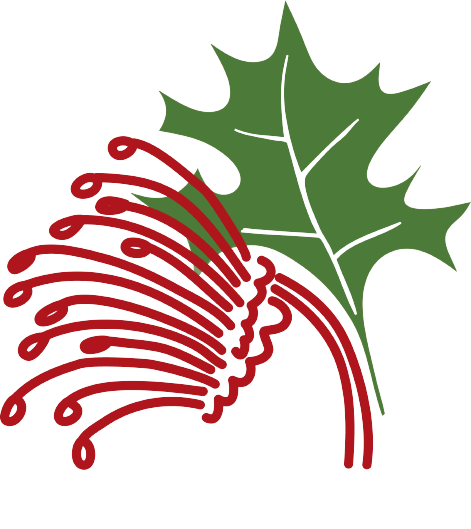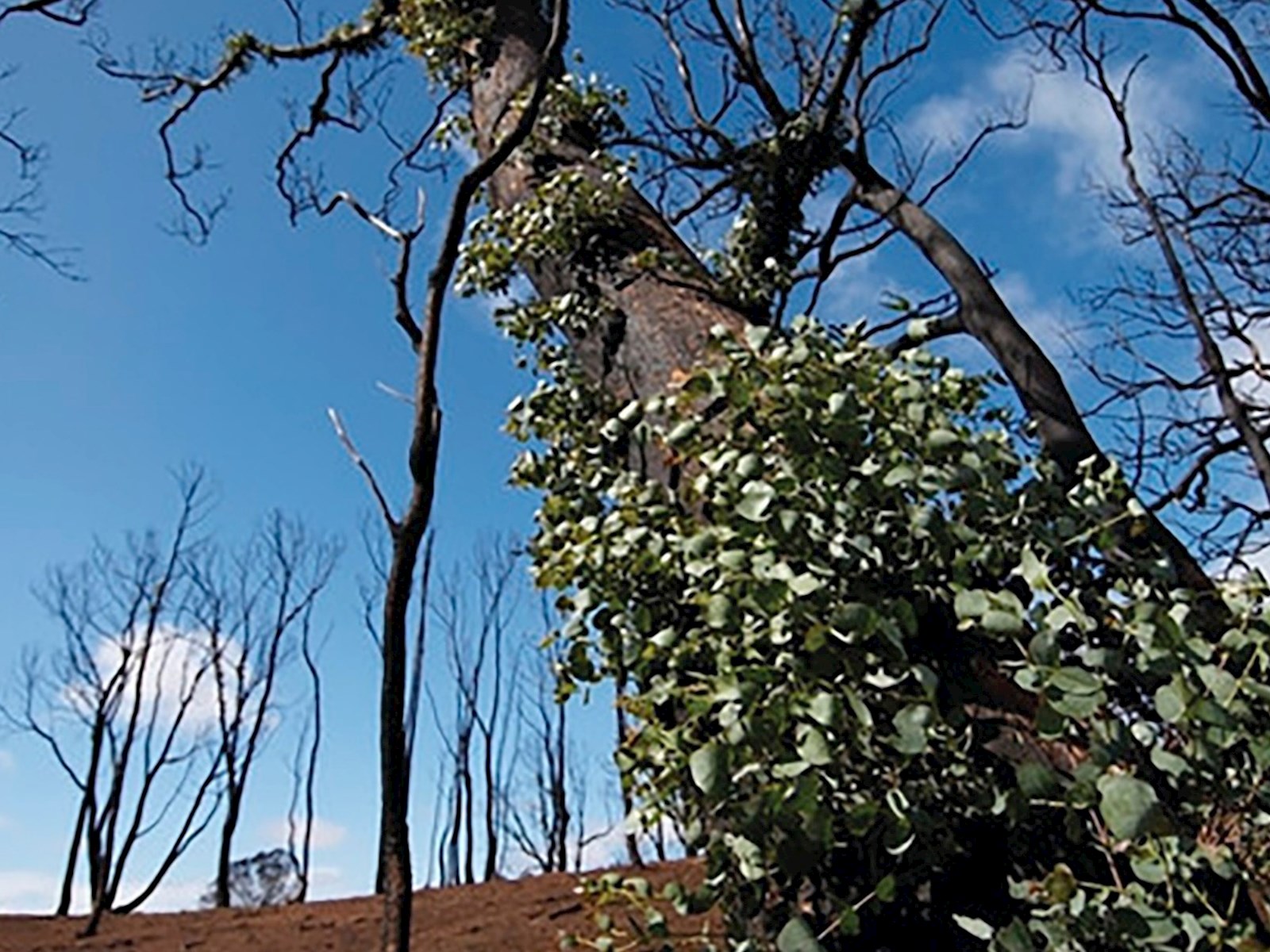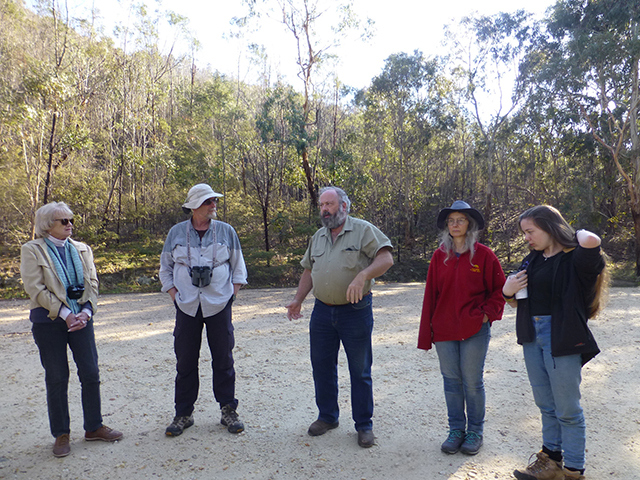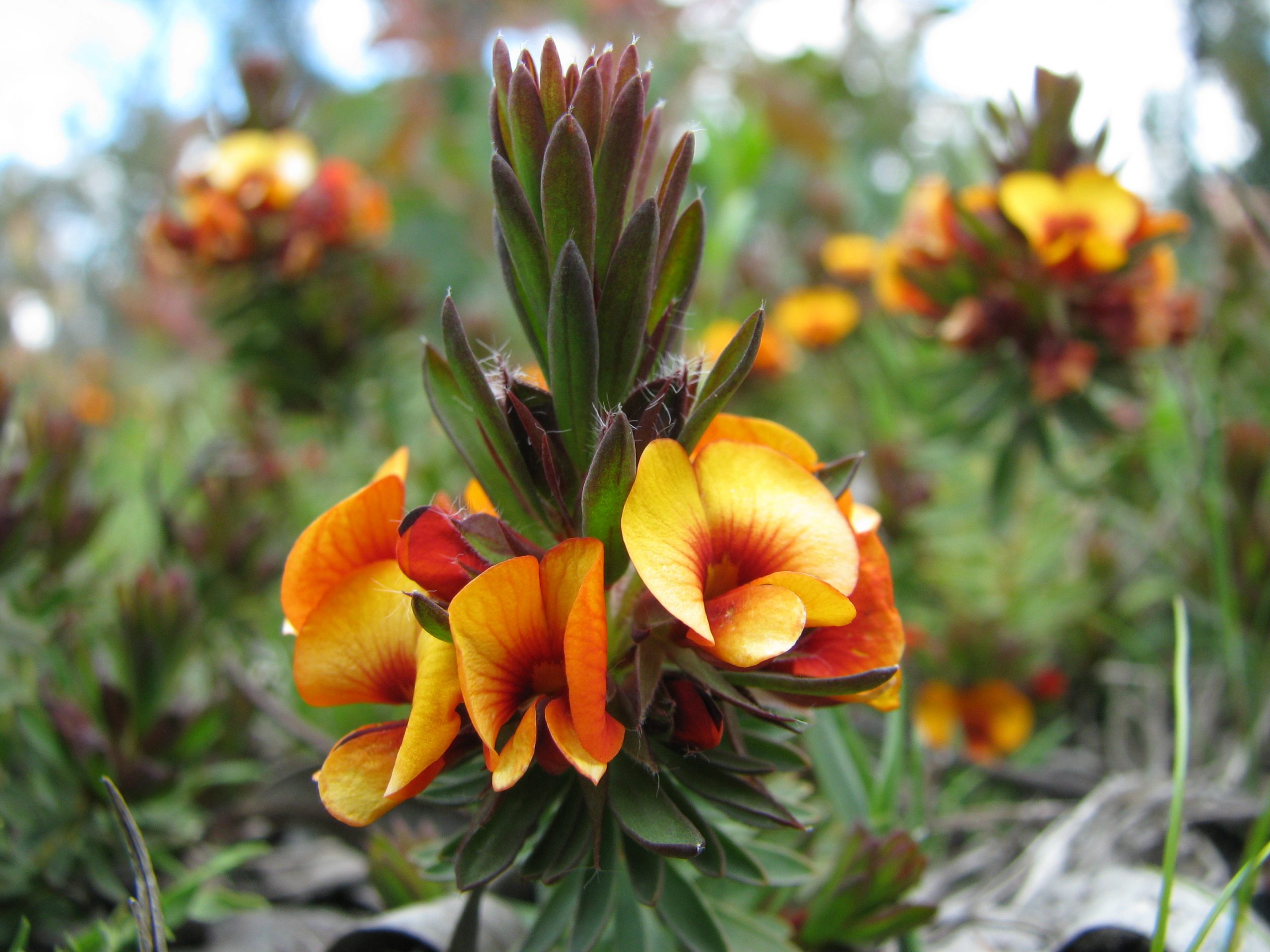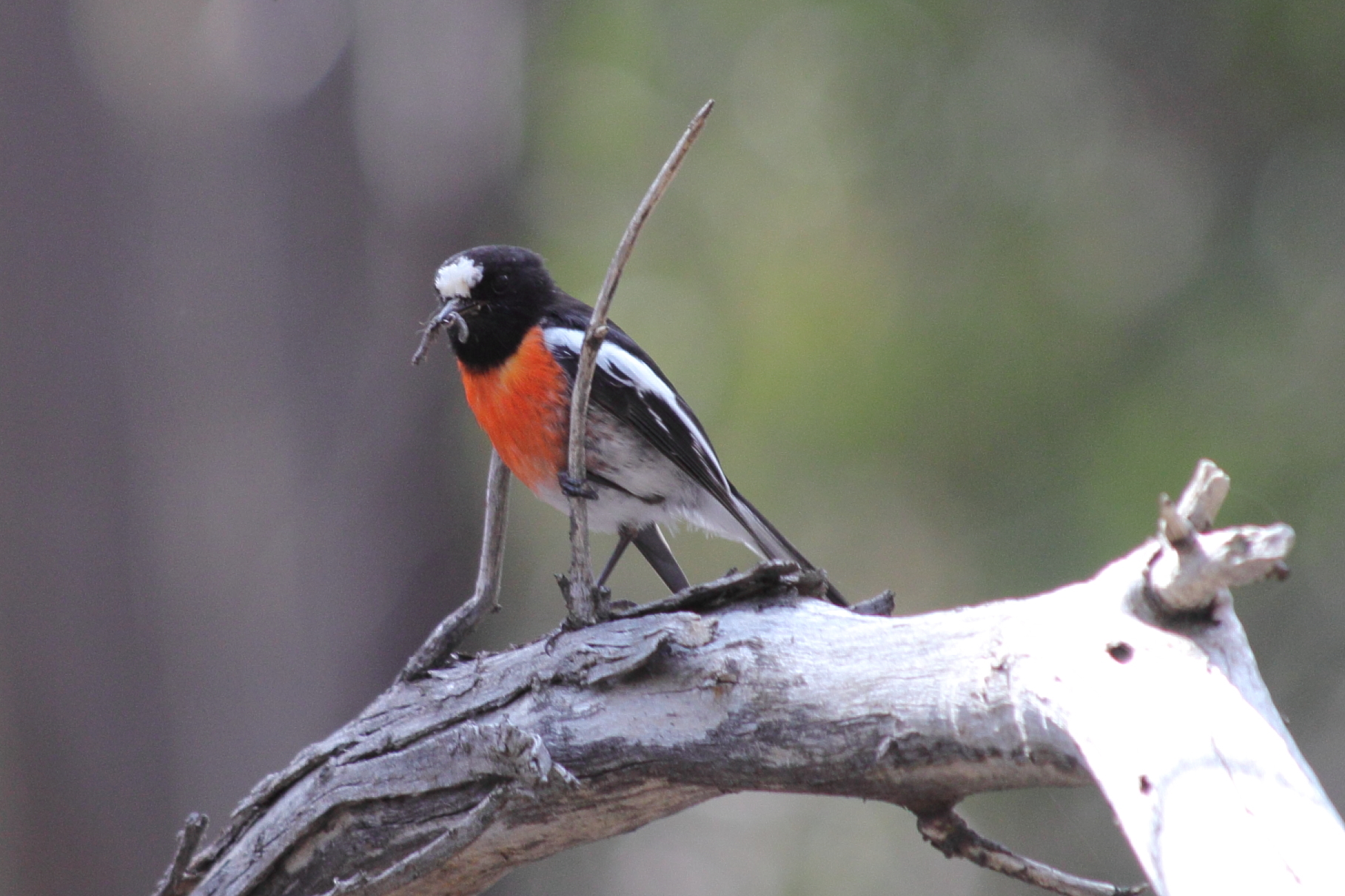Welcome… Meet the Friends of Brisbane Ranges and learn about what we do.
Friends of Brisbane Ranges aims to learn about the environment, ecology, flora, fauna, and history of the Brisbane Ranges National Park and Steiglitz Historic Park.
Group members meet regularly to learn more about the diverse ecology of the Park through citizen science activities and hands-on conservation work. And for members, this is an enjoyable and involving way to appreciate the natural beauty of the park while protecting the Park’s environmental values.
In 2022, the Friends of Brisbane Ranges will celebrate its 40 year anniversary. We look forward to providing news and events on this new website to recognise this important milestone.
You will see the material for this website changing as it is being uploaded and posted, so if you can't find specific Friends of Brisbane Ranges subjects or stories, please let us know.
We hope you enjoy this newly launched website and learn a bit more about the unique assemblage of animals, fungi and plants calling the Brisbane Ranges home. To get involved, keep up with social media, join in an activity and become a member too.
We hope to see you soon.
Learn about what we do
Events
No Events Found
